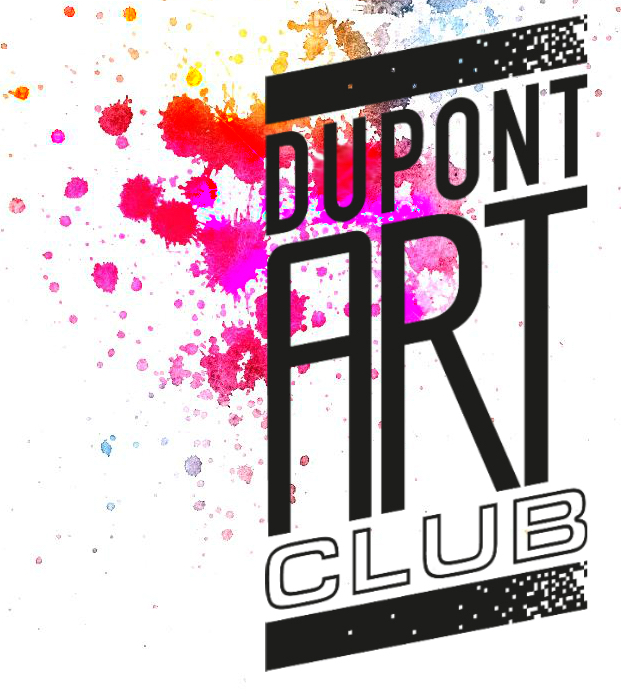The demonstration started with a spectrum from white to black – many variations
Using pencils 7b and 8b Mars Lumugraph – Caroline found no shine but sticky
Going from light to dark adds drama
In portraiture tonal values offer impact especially around the eyes with paper left white (see example drawing)
Examples: Monet and Caravaggio
Also if drawing a street lamp a dot of light in centre of lamplight adds drama
Always start faint and work towards dark
This particularly the case when Hatching and round hatching can define contours of face or object (see example drawing)
Look for shapes and where shadows lie
Tonal values give drawing perspective
In photo Caroline left white area down nose
Changing direction of the hatching can give movement
Squinting is good – as you can see white and darker areas more clearly appear in “blocks”
The darker areas will make the white stand out
Shadow can change expression and structure of face
“Shadows never completed until tonal values established”
There is always the danger of it looking “over worked” – but this is part of the learning experience
Tonal values give the face 3 dimensional
Work slowly from light to dark
Rubbing out can smudge
The aim in portraiture is to get the expression or the feel of the person
Not aiming for a photo as such rather capturing the essence of the person
In example the hair line draws the eye down the face
Find the shape and structure of face by “measuring” distance with pencil 
